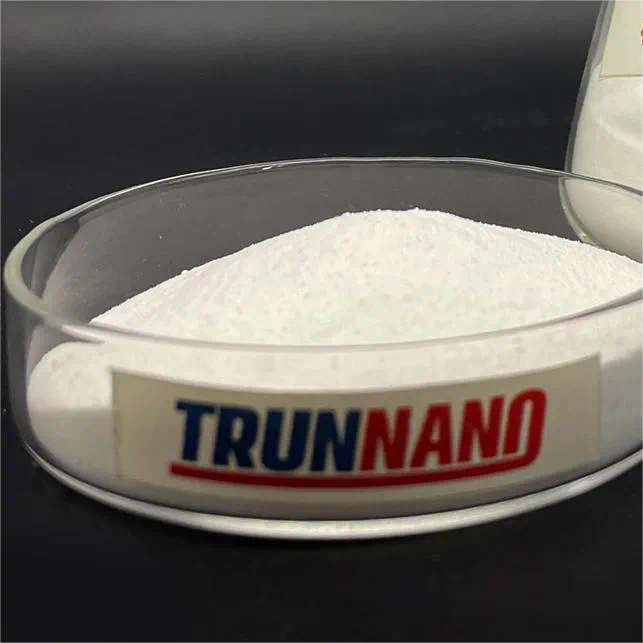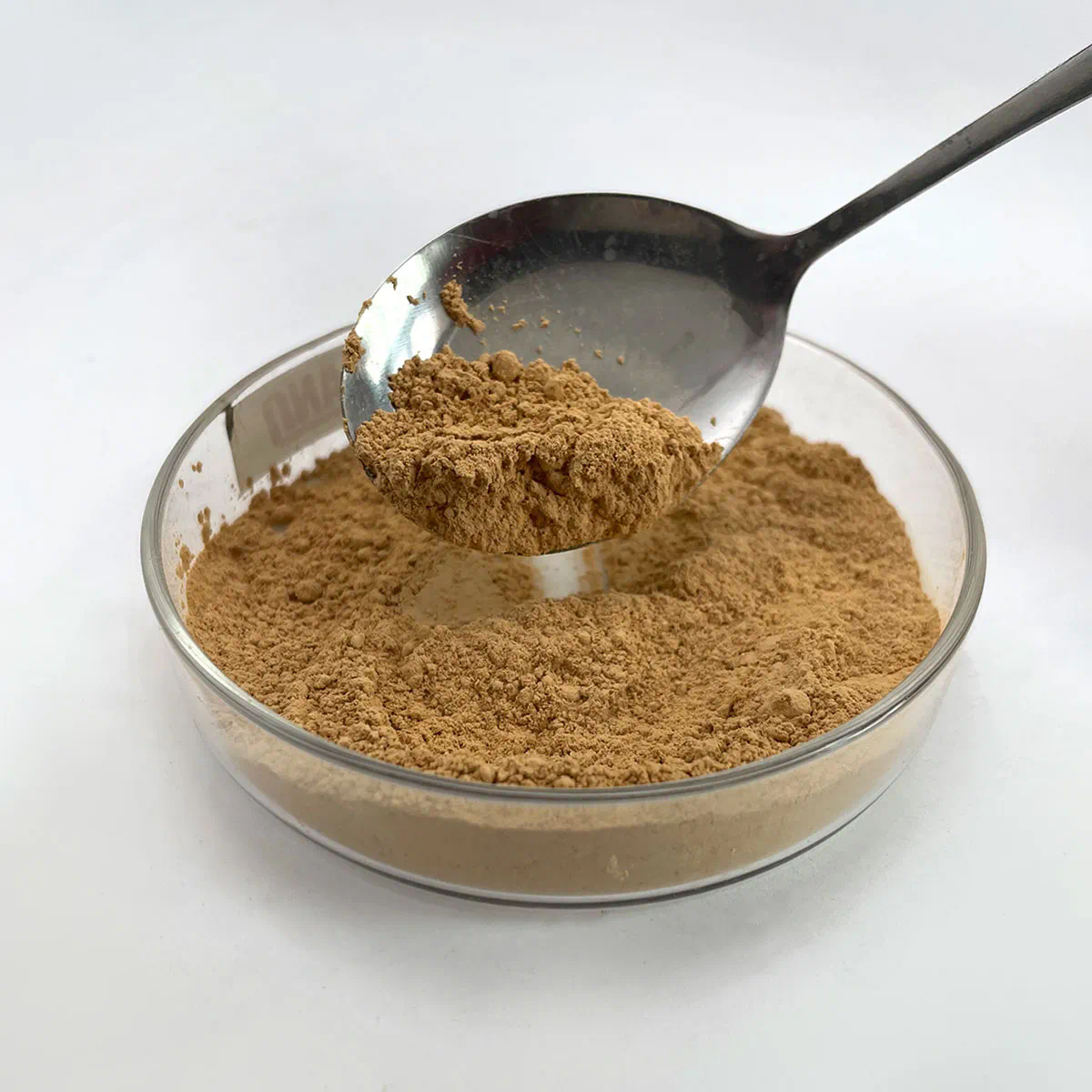Advanced manufacturing techniques have evolved significantly in recent years, with materials science playing a crucial role in this transformation. Among the various materials being explored, spherical molybdenum powder has gained attention for its unique properties and applications in advanced manufacturing processes. This article delves into the characteristics, production methods, applications, and future prospects of spherical molybdenum powder in advanced manufacturing.
Spherical molybdenum powder is a form of molybdenum that has been processed into spherical particles, which offers several advantages over traditional powder forms. The spherical shape allows for better flowability and packing density, making it ideal for various additive manufacturing techniques such as selective laser sintering (SLS) and binder jetting. These methods are increasingly important as industries seek to produce complex geometries and lightweight structures while maintaining material performance.
The production of spherical molybdenum powder typically involves atomization processes. In gas atomization, molten molybdenum is forced through a nozzle and disintegrated by high-speed gas jets, resulting in spherical particles. This method ensures a consistent particle size distribution and high purity, which are critical for high-performance applications. Another method, plasma atomization, utilizes an electric arc to melt the molybdenum, which is then rapidly cooled to form spherical particles. Both methods require precise control of processing parameters to achieve optimal particle morphology and properties.

One of the standout properties of molybdenum is its high melting point, which exceeds 2,600 degrees Celsius. This characteristic makes it an excellent candidate for high-temperature applications. Additionally, molybdenum exhibits good thermal conductivity and low thermal expansion, which are desirable traits in aerospace and automotive industries where thermal stability is paramount. Nano Zirconium Oxide Furthermore, the strength of molybdenum at elevated temperatures enables the production of components that can withstand extreme conditions.

In terms of applications, spherical molybdenum powder is increasingly being utilized in the aerospace sector. Components such as turbine blades, exhaust nozzles, and heat shields benefit from the material’s exceptional thermal resistance and mechanical properties. Moreover, as the demand for lightweight structures grows, using molybdenum in additive manufacturing allows for the creation of intricate designs that traditional machining methods cannot achieve.
The electronics industry also recognizes the potential of spherical molybdenum powder. It is used in the production of thin films and coatings due to its excellent electrical conductivity and resistance to oxidation. These films are essential in semiconductor devices, where performance and reliability are crucial. Additionally, molybdenum’s compatibility with various substrates makes it an attractive option for various electronic components.
Another promising application of spherical molybdenum powder lies in the field of energy. As the world shifts towards sustainable energy sources, molybdenum is being explored for use in solar cells and batteries. Its ability to withstand high temperatures and corrosive environments makes it suitable for enhancing the performance and longevity of these systems. Researchers are actively investigating how molybdenum can be integrated into next-generation energy solutions, further emphasizing its importance in advanced manufacturing.
The adoption of spherical molybdenum powder in advanced manufacturing is not without challenges. One of the primary concerns is the cost associated with producing high-purity spherical powders. The atomization processes can be energy-intensive and require sophisticated equipment, which can drive up costs. However, ongoing research aims to improve production efficiencies and reduce expenses, potentially making these materials more accessible.
Moreover, understanding the behavior of spherical molybdenum powder during processing is critical for optimizing manufacturing parameters. Factors such as laser power, scanning speed, and layer thickness can significantly affect the final product’s quality. Therefore, extensive research and development efforts are focused on establishing best practices for utilizing spherical molybdenum powder in various manufacturing processes.
In conclusion, spherical molybdenum powder represents a significant advancement in materials science and manufacturing technology. Its unique properties, coupled with innovative production techniques, position it as a vital material for numerous high-performance applications across various industries. As research continues to unlock the full potential of this material, it is likely to play an increasingly important role in shaping the future of advanced manufacturing. By overcoming current challenges and harnessing its benefits, spherical molybdenum powder will undoubtedly contribute to the development of cutting-edge technologies and products that meet the demands of modern engineering.
